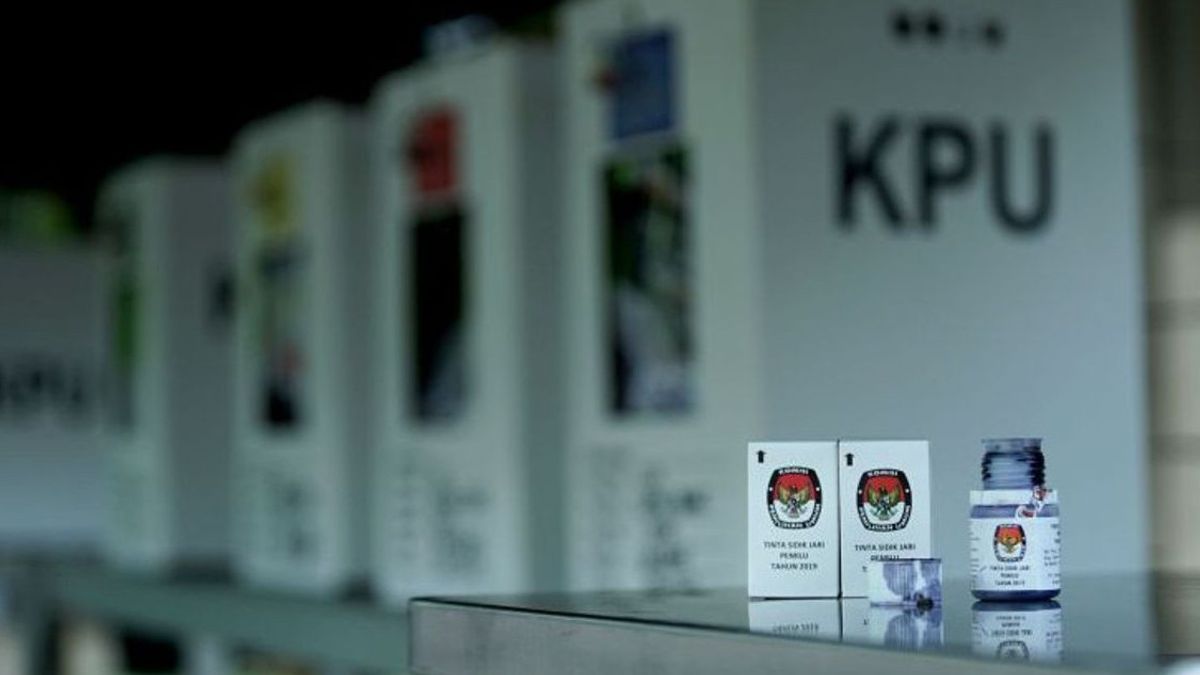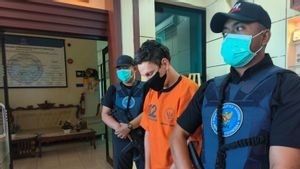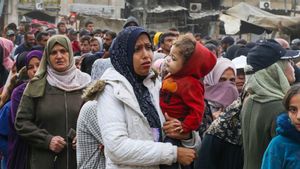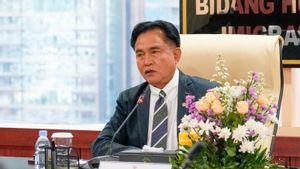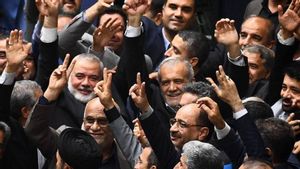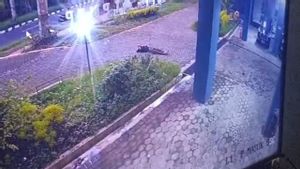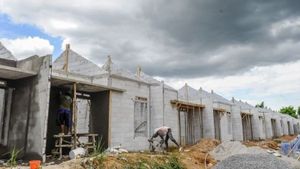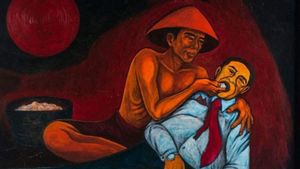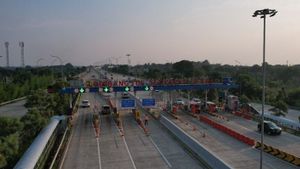JAKARTA - Solo is a city that is believed to be able to bring up empty boxes in the 2020 regional elections. But this phenomenon is predicted to appear in many regions.
The phenomenon of winning an empty box for the first time became part of the history of the simultaneous regional elections in 2018. The empty box beat Munafri Arifuddin and Andi Rachmatika Dewi (Appi-Cicu), the sole candidate in the Pilkada in Makassar, South Sulawesi (Sulsel).
Appi-Cicu in June 2018 had to admit the winning empty boxes were superior in the polling stations in 13 sub-districts in Makassar. From the recapitulation of the Makassar KPU, the Appi-Cicu pair received 264,245 votes, while the empty boxes were 300,795 votes.
Then what about the 2020 simultaneous regional elections? The Association for Elections and Democracy (Perludem) predicts that 21 regions have the potential to be single candidates, aka against empty boxes.
The beginning of the Law No. 8 of 2015 which requires regional head elections to be followed by two candidates. This law is subject to a judicial review at the Constitutional Court (MK) because of the rules on postponing regional elections if there are not at least two candidates contesting. The Constitutional Court then stated that the postponement of the regional elections if there was only one candidate was contrary to the spirit of the 1945 Constitution.
"The Constitutional Court's decision opened the tap for the presence of a single candidate since the first batch of simultaneous regional elections in 2015. Furthermore, for the simultaneous regional elections in 2017, the lawmakers followed up on the Constitutional Court's decision regarding a single candidate by enacting Law Number 10/2016," said Perludem Executive Director Titi Anggraini to VOI, Monday, August 10 evening.
In this law, it is stated that the election followed by a single candidate is carried out by using a ballot paper containing two columns. One column contains photos of candidate pairs, the other column is blank, without pictures. The method of voting remains the same, by voting.
"A single candidate is determined as the elected candidate if he gets more than 50 percent of the valid votes. If the votes for a single candidate are less than 50 percent plus one, the regional election will be repeated, "said Titi.
For him, Pilkada with a single candidate is an anomalous phenomenon. This anomaly occurs in a large area with a large number of voters and is multi-party, where the political parties are supposed to show their existence.
"By joining in carrying out a single candidate pair, political parties take the risk of losing momentum to evaluate the ability of party organic structures to win votes. Political parties consciously choose to drown themselves and bury their existence in the incumbent's hegemony, which incidentally, when traced one by one, are also elite cadres or leaders of certain party structures, ”he continued.
According to him, the emergence of a single candidate that has an impact on the empty box occurred because of the pragmatism of political parties, political compromise and strong opportunistic interests. Therefore, a single candidate in the Pilkada is a test for Indonesian democracy
"Single-nominated regional elections do not mean that voters have absolutely no choice. Single candidate Pilkada should not be treated with apathy, pragmatics, or even skepticism. In fact, in single-candidate elections, voters can prove whether the articulation of political party interests that is realized by carrying a single candidate is the same and in line with the political will and aspirations of the citizens. Or is it the other way around, "said Titi.
Perludem predicts the potential for empty boxes to occur in the Pilkada:
1. Semarang City
2. City of Surakarta / Solo
3. Kebumen
4. Grobogan
5. Sragen
6. Wonosobo
7. Ngawi
8. Wonogori
9. Kediri
10. Semarang Regency
11. Kab. Blitar
12. Banyuwangi
13. Boyolali
14. Klaten
15. Gowa
16. Sophisticated
17. Pematang Siantar
18. Buru South
19. Balikpapan
20. Gunung Sitoli
21. OKU Selatan
22. Banjar Baru
23. Arfak Mountains
24. Yahukimo
25. Buru South
26. West Sumbawa
27. Pandeglang
28. Kab. Poor
29. Offerings
30. Bengkulu Utara
31. Ogan Komering Ulu
The English, Chinese, Japanese, Arabic, and French versions are automatically generated by the AI. So there may still be inaccuracies in translating, please always see Indonesian as our main language. (system supported by DigitalSiber.id)
